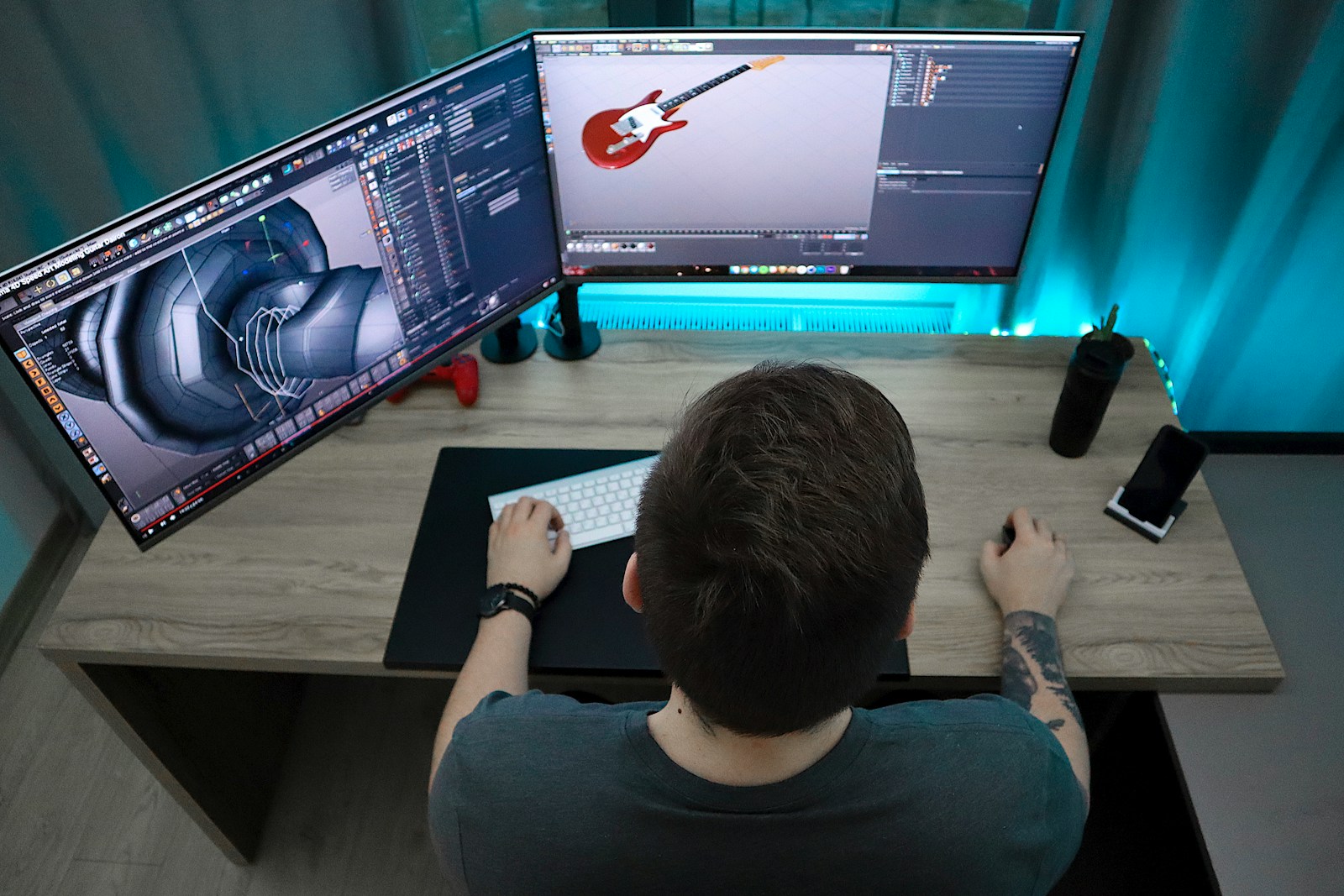In the digital age, where first impressions are often the last, your website needs to stand out in a sea of flat designs and static content. Integrating 3D design into websites is no longer just a trend—it’s a game-changer that can significantly enhance user experience, engagement, and ultimately, conversion rates. But how can you seamlessly blend this innovative feature into your existing web presence? Here are five essential tips to guide you through the process, ensuring that your site not only captures attention but also captivates the imagination of your audience.
1. Start with a Strategy: Define Your 3D Purpose
Before diving into the world of 3D, it’s crucial to have a clear strategy. Ask yourself, why do you want to incorporate 3D design into your website? Whether it’s to showcase products in a more interactive manner, create an immersive experience, or simply to elevate your brand’s aesthetic, your purpose will dictate the design approach. Understanding your objectives will help you create 3D elements that are not just visually appealing but also serve a functional role in your website’s ecosystem.
2. Optimize for Performance: Keep It Sleek and Fast
One of the challenges of integrating 3D design into websites is maintaining optimal performance. High-quality 3D graphics can be resource-intensive, potentially slowing down your site. To mitigate this, focus on optimization techniques such as using low-polygon models, compressing textures, and implementing lazy loading for 3D assets. This way, you can enjoy the visual benefits of 3D without compromising on loading times, ensuring a smooth and responsive user experience across all devices.
3. User Experience is Key: Design with Accessibility in Mind
Incorporating 3D design into your website should enhance, not hinder, user experience. This means considering accessibility from the get-go. Ensure that your 3D elements are intuitive to interact with, offering clear cues for navigation. Additionally, provide alternatives for users who may have limitations that prevent them from fully engaging with 3D content. By prioritizing accessibility, you make your website inclusive, extending its reach and impact.
4. Blend with Your Brand: Ensure Cohesiveness
Your 3D designs should feel like a natural extension of your brand, not an afterthought. This requires a careful selection of colors, textures, and styles that align with your existing brand identity. Consistency is key to creating a cohesive web experience. When done right, 3D elements can amplify your brand message, creating a memorable visual identity that resonates with your audience.
5. Test, Learn, and Iterate: Embrace Feedback
Finally, integrating 3D design into your website is an ongoing process. Launching your 3D elements is just the beginning. Gather user feedback, monitor performance metrics, and be prepared to iterate. Understanding how visitors interact with your 3D content will provide valuable insights, allowing you to refine and improve over time. Embracing this cycle of feedback and iteration will ensure that your 3D designs remain engaging, effective, and aligned with user expectations.
Conclusion
Integrating 3D design into websites opens up a world of possibilities for enhancing user engagement and creating standout digital experiences. By starting with a clear strategy, optimizing for performance, prioritizing user experience, ensuring brand cohesiveness, and embracing feedback, you can effectively incorporate 3D elements into your site. Remember, the goal is not just to wow your audience with flashy graphics but to create a more immersive, interactive, and inclusive online environment. As you embark on this 3D journey, keep these tips in mind, and watch your website transform into a dynamic, dimensional showcase that captures and retains the attention of visitors.

